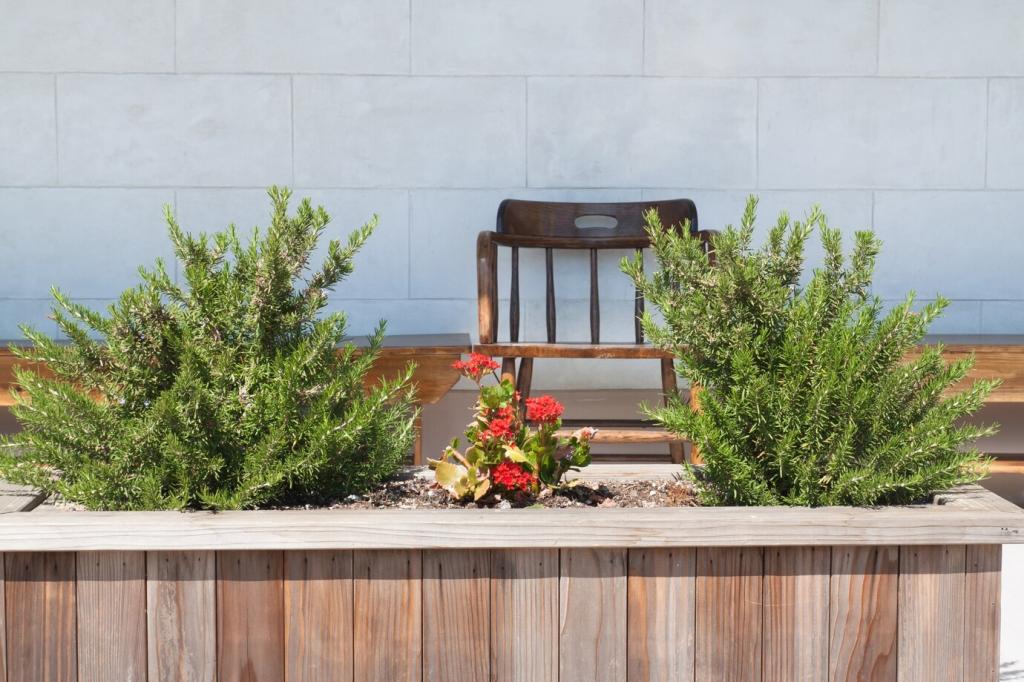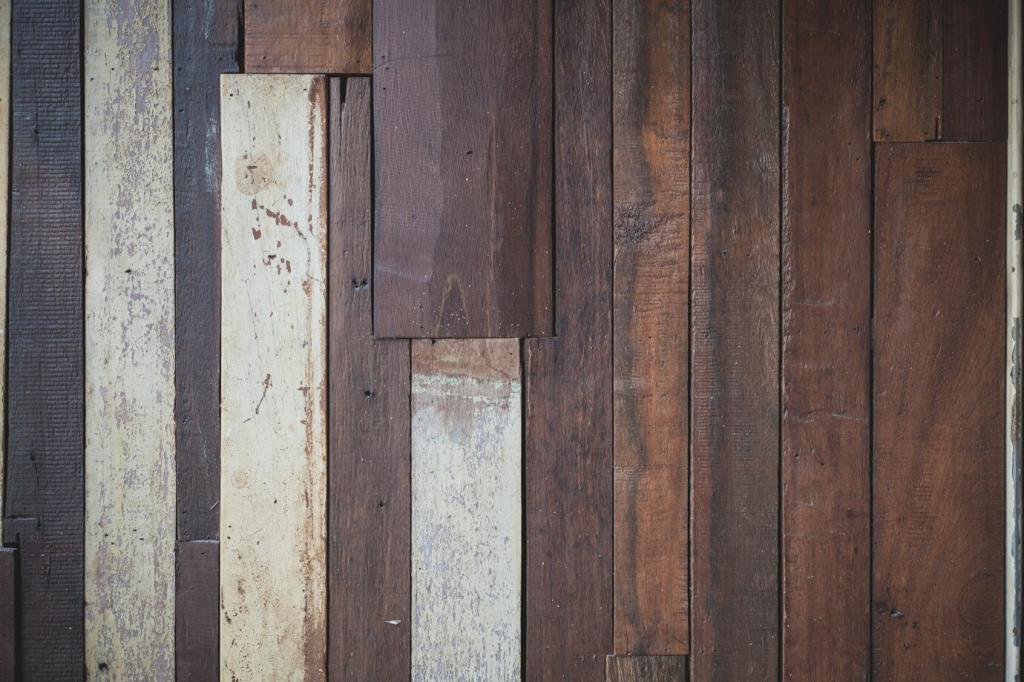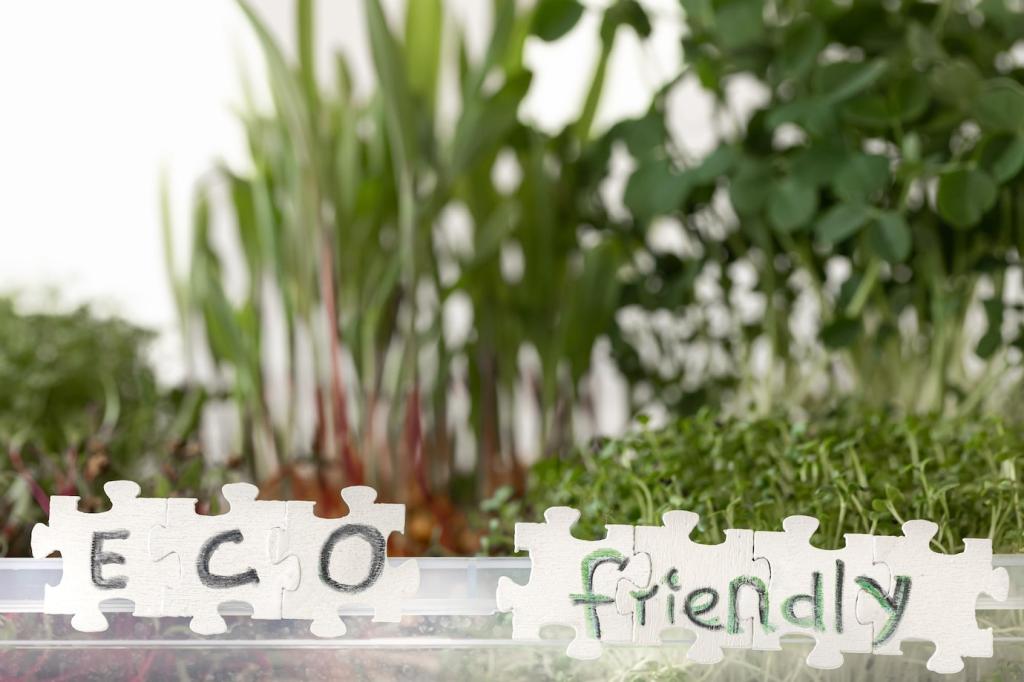Innovative Designs in Green Building Architecture: Rethinking How We Shape Sustainable Spaces
The New Blueprint: What Innovation Means in Green Architecture
Biophilic design is not a leafy afterthought; it is a framework that lowers stress, boosts cognitive performance, and ties occupants back to place. From locally native plant palettes to multisensory cues like soundscapes and airflow, these strategies turn comfort into a measurable wellness feature. Tell us how nature shapes your workspace.
The New Blueprint: What Innovation Means in Green Architecture
Low-carbon materials are rewriting the playbook. Cross-laminated timber stores carbon, hempcrete moderates humidity, and recycled steel preserves resources without sacrificing strength. Pairing material passports with life-cycle assessments helps teams choose wisely, not just trendily. Comment with your favorite material swap that reduced embodied carbon on a project.

Designing for Climate: Passive Strategies Reimagined
Adaptive Facades That Learn From Light
From operable louvers to dynamic shading patterns inspired by desert flora, responsive skins cut glare and cooling loads while celebrating place. A school we visited trimmed peak demands simply by teaching staff to choreograph shades with class schedules. What facade rhythm fits your latitude? Tell us in a quick reply.
Daylight as a Design Driver
Skylight wells, light shelves, and high-reflectance interiors channel daylight deep into plans, cutting lighting energy and uplifting mood. We once watched a café’s sales climb after a daylight retrofit made morning routines feel calmer. Share your best daylight tool or software workflow we should feature next.
Thermal Mass and Natural Ventilation, Modernized
Night-flushed concrete slabs, chimney stacks, and carefully placed vents create comfortable interiors without constant mechanical assistance. On a humid site, we paired thermal mass with phase-change materials to stretch comfort hours. Curious how this compares to your climate zone? Drop a comment with your location and challenges.
Net-Positive Buildings: Beyond Net-Zero
Integrating Renewables With Delight
Solar is beautiful when it belongs to the architecture. Canopies that shade plazas, balcony-integrated PV, and colored bifacial panels turn infrastructure into identity. A housing co-op we toured funded youth programs with rooftop revenue. What creative renewable placement would energize your site? Share your sketch ideas.
Water-Positive Systems That Heal Watersheds
Rain gardens, cisterns, and advanced filtration make buildings sponges instead of drains. One clinic captured rooftop water to irrigate a medicinal garden, reducing runoff and operating costs. We map flows first, then design rituals around them. Tell us how your project celebrates water stewardship in daily routines.
Community Energy Sharing and Resilience
Microgrids connect neighbors, keeping lights on during outages and lowering bills daily. In one coastal town, a school gym became a cooled refuge during storms thanks to battery storage. Are you exploring shared energy agreements? Comment with your legal or technical questions, and we will unpack them in a future post.
Circularity in Practice: From Demolition to Disassembly
Design for Disassembly, Not Demolition
Bolted connections, standardized modules, and accessible fasteners let structures adapt without sending parts to landfills. A pop-up pavilion we helped document was rebuilt three times with less than 2% material loss. Have you specified reversible details? Share your favorite hardware or joint detail for others to learn from.

Smart, Human-Centered Performance
CO2, VOC, and occupancy sensors help right-size ventilation, but privacy matters. We advocate anonymous, aggregated data and clear consent. A library used simple LEDs to show air quality, sparking student-led ventilation tweaks. What dashboards actually help your team act? Tell us and we will compare options.
Smart, Human-Centered Performance
WELL strategies—from acoustic zoning to circadian lighting—translate into fewer headaches and better sleep. One office cut sick days after switching to low-emitting materials and adjustable task lights. Do you track health metrics after occupancy? Comment with your approach and we will feature standout methods.


Nature as Co-Designer: Landscapes That Work

Green Roofs and Pollinator Corridors
Layered substrates, native blooms, and microhabitats transform roofs into living fields. A university roof we toured now hosts science classes alongside bees, turning maintenance into mentorship. What species thrive in your climate? Share your planting palette so others can build resilient corridors across cities.

Blue-Green Infrastructure for Calm Streets
Bioswales, permeable paving, and pocket wetlands slow stormwater and calm traffic. After one neighborhood retrofit, kids started biking again because streets felt cooler and safer. If you have photos of similar transformations, post a link—we would love to compile a reader gallery of resilient streetscapes.

Food, Shade, and Community Rituals
Edible landscapes—figs, herbs, and citrus—turn courtyards into gathering rooms. We watched elders teach pruning under pergolas powered by solar fairy lights, a small magic on summer evenings. Which edible species would you plant at a school or clinic? Tell us and we will sketch sample layouts.
From Vision to Permit: Policy, Finance, and Adoption
Stretch codes, performance paths, and embodied carbon limits set a clear bar while allowing creativity. We profile cities proving that ambition and feasibility can align. Which jurisdiction inspires you or frustrates you? Share specifics so we can analyze the clauses together in a forthcoming guide.
